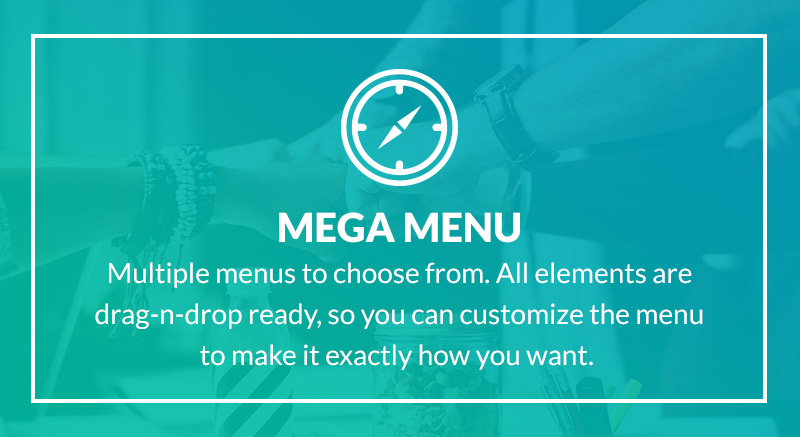Now, here's an interesting point that came up on one of our instructional design programmes recently. Is using animation in e-learning really effective?
A good question. It's time-consuming to produce and depending on the length and sophistication of said animation, it may not come cheap. So should you bother?
While I’d always counsel caution when it comes to looking at research, there are a couple of interesting studies done on this. One by Narayanan and Hegarty and the other by Mayer, Mathias and Werzell.
In each study, two sets of learners were given identical lessons explaining a process - with one difference. One lesson showed the process using an animation and one showed the process using a sequence of still diagrams. At the end of the lesson each set of learners took the same test.
What is so very interesting about this is the test results in both studies: no significant difference between the two sets of learners. In other words, the use of an animation didn't have any major impact on the effectiveness of the learning.
Can we extrapolate out from that and say animations make no significant difference whatever the subject matter? That's probably a bit of a stretch.
What we can say with some certainty, however, is that if your aim is to teach someone a process, spending a lot of money on creating an animated version of that process certainly doesn’t guarantee a significantly better learning outcome.
However, what I find most interesting is that there was no significant difference between using still and animated visuals. This is not a case of saying, ‘don’t bother with well-designed and integrated graphical presentation’.
What it does seem to be saying is that super-charging that graphical presentation, by animating it, won’t actually make a significant difference.
When we talk about e-learning we can all get carried away with talk of making it engaging; and animations are one way we might choose to achieve that engagement.
It’s always worth remembering that spending big on additional multimedia bells and whistles won’t necessarily have the positive impact on learning outcomes that we might wish for.
If you are looking for help with designing and/or developing a piece of e-learning that only uses multimedia when it really counts, check out our service options.







